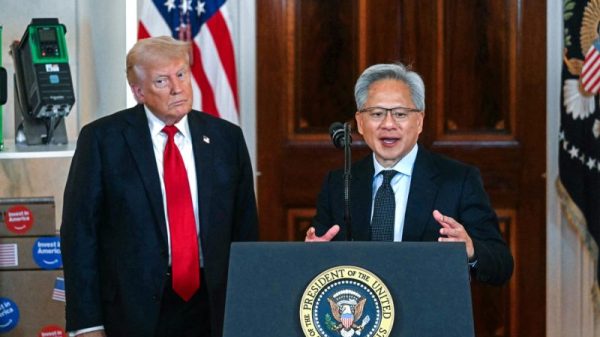The FBI Director recently provided insight into the search history of the individual responsible for the shooting at a Trump rally, shedding light on the potential motives behind the tragic incident. By examining the individual’s online activities and drone usage, law enforcement aims to gain a better understanding of the circumstances surrounding the attack.
The search history of the shooter revealed a pattern of browsing behavior that included information about the rally location and security protocols. This highlights a premeditated aspect to the attack and raises questions about the shooter’s intentions and level of planning. Understanding the digital footprint left by individuals involved in such violent acts can provide crucial insights into their mindset and potential red flags that could help prevent future incidents.
Moreover, the use of drones in the context of the attack introduces new challenges for law enforcement and underscores the evolving nature of security threats in the digital age. Drones offer perpetrators a level of anonymity and strategic advantage, making it imperative for authorities to adapt their surveillance and response strategies accordingly. The FBI’s focus on analyzing the drone details in this case indicates a recognition of the complexity and sophistication of modern threats.
As technology continues to advance and play an increasingly prominent role in security and law enforcement, it is essential for agencies like the FBI to stay ahead of the curve and continuously refine their investigative techniques. The ability to piece together information from various sources, including search histories and drone data, is essential for building a comprehensive picture of events and identifying potential warning signs before they escalate into violence.
In conclusion, the FBI’s scrutiny of the shooter’s search history and drone details sheds light on the intricate nature of modern security challenges and the need for law enforcement to adapt and innovate in response. By analyzing digital footprints and leveraging technology to enhance their investigative capabilities, agencies can better anticipate, prevent, and respond to threats in an ever-evolving landscape.


































